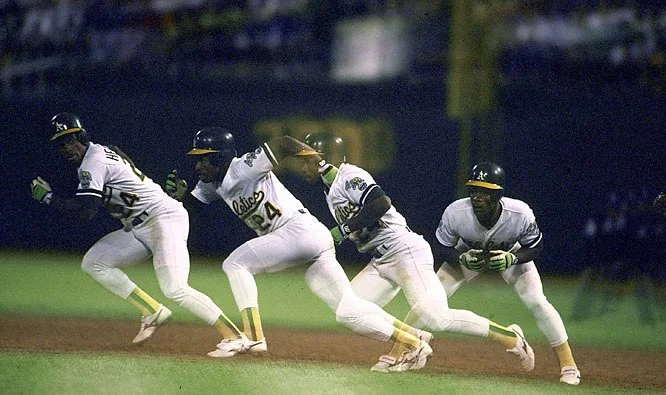Stealing bases is an art form. As with anything in art, certain techniques should be applied. The techniques that will be shared here will help base runners of all shapes, sizes, and levels of speed learn how to successfully steal a base.
To begin, players must find a way to be tension free, relaxed and comfortable, in order to achieve the best possible jump. This concept applies to so many different aspects of the game of baseball that it should become part of the instruction of every part of the game. In addition to being tension free, the player should exercise more of a soft focus on the pitcher versus a hard focus on a specific body part. The base runner should see the pitcher but not stare at him as staring causes and increases tension.
More specifically, as mentioned previously, the player should reach a lead around 12 or 13 feet. Also mentioned before is the idea of keeping one’s feet active. Some players struggle with having relaxed and active feet in this process so if that is the case, have the player put a little more weight on the right leg as they attempt to open their toes to second base ever so slightly. Whether one is active or more stationary with his feet, it is the final concept that is the most important - “mind switch.”
Every player should be looking for a pitcher’s “tell” - that point in time when he changes his focus from the runner on base to executing the pitch. This looks different from every pitcher. Some pitchers use the same or similar timing on a majority of pitches. For those pitchers, the U-C-L-A method should be employed (once the pitcher comes set, the runners and coaches should say U-C-L-A to find which letter the pitcher delivers the pitch most often). For other pitchers, there might be a physical tell - a shift in the head, the eyes go from looking over the shoulder to the plate, or something to that effect. Whatever that moment is, an excellent base runner will know that moment of “mind switch” and be able to steal bases because of it (see the movie for examples of “Mind Switch” as exhibited by Brian Roberts).
Since employing these strategies over the past two seasons, the Valor Baseball program has doubled the total output for stolen bases (187 stolen bases in 2011, 217 in 2012, 241 in 2013 as compared to 96 in 2010 and 104 in 2009). The methods take a lot of dedicated practice and it is practice that bears much fruit.

